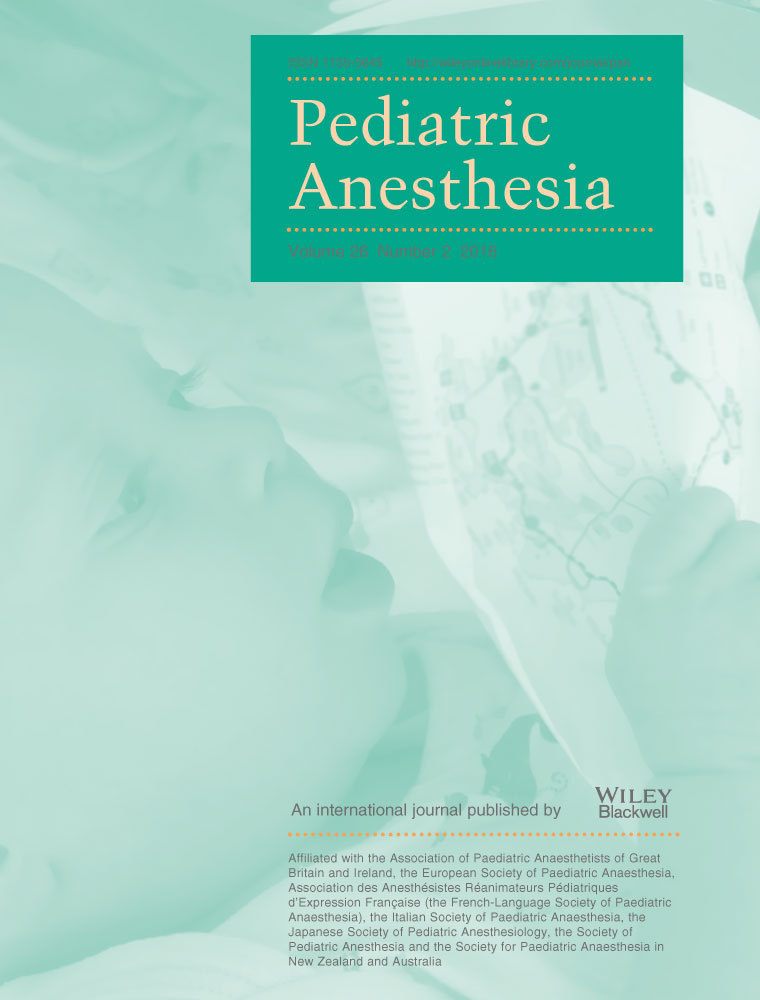Structured intervention for management of pain following day surgery in children
Summery
Background
Ambulatory surgery forms a large part of pediatric surgical practice. Several studies indicate that postoperative pain is poorly managed with more than 30% of children having moderate to severe pain. In a busy outpatient clinic contact between healthcare professionals and the family is increasingly limited calling for a global and efficient pain management regime.
Objective
The aim of this prospective observational cohort study was to determine postoperative pain intensity following day surgery in children after our structured intervention for pain management.
Methods
A number of interventions in an effort to address barriers to effective postoperative pain management after day surgery were identified in the literature. By introducing our concept structured intervention, we aimed to address the majority if not all these barriers. Accordingly, we adapted postoperative pain management to each child using a multimodal approach consisting of surgery-specific analgesia with weight appropriate doses of acetaminophen and ibuprofen. Analgesics were handed out to the parents in formulations accepted by child and parent and after thorough information to the parents.
Results
Two hundred and forty-five children were scheduled for surgery during the 3-month period of which 149 children were available for analysis. The postoperative pain as assessed by the parents with a the Short Form of the Parents' Postoperative Pain Measure (PPPM-SF) was well managed exhibiting a median pain score of 4 on postoperative day 0 (POD0) and median 1 on postoperative day 1 (POD1) and a numeric rating scale (NRS) median pain score of 2 on POD0 and median 1 on POD1. We found a highly significant correlation between the PPPM-SF and the NRS scores.
Conclusion
After thorough information of the parents we have successfully implemented a surgery-specific regime of primarily around-the-clock dosing of drug formulations acceptable for the specific child with dispensed medication ready available for the family.




